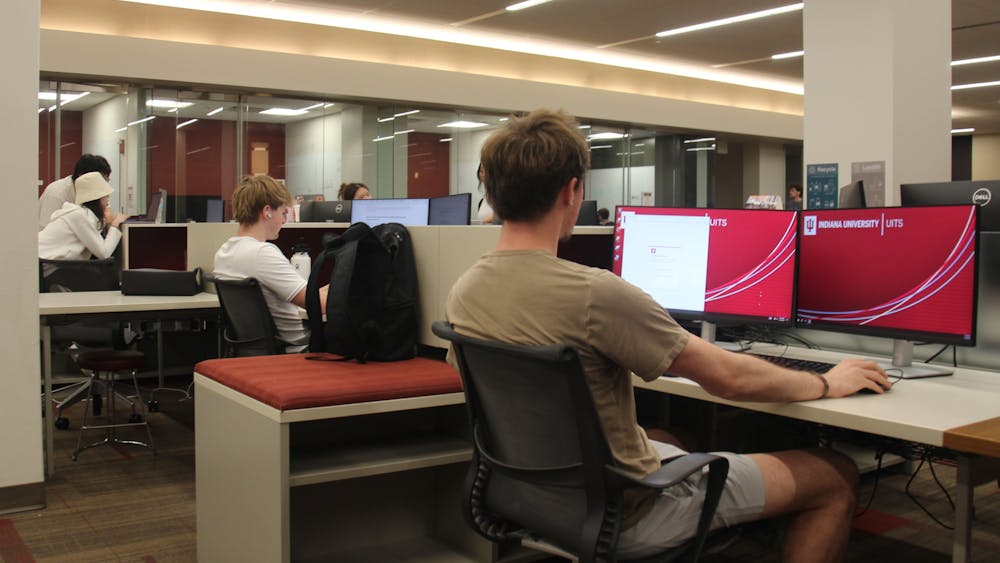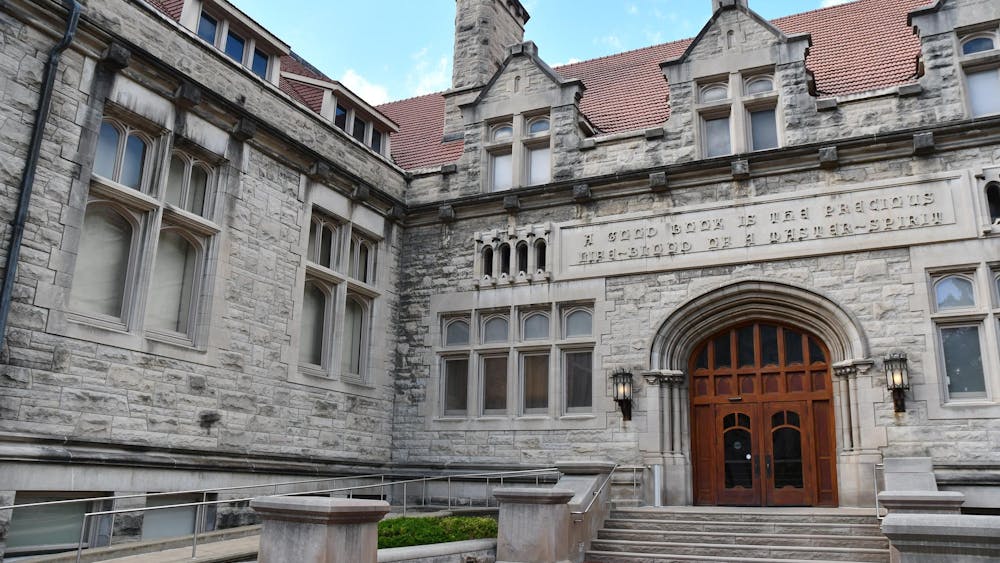When asked for one piece of advice for young people, many celebrities and successful role models will blurt out the stale, “Stay in school, kids.”
While this seems like sound advice every student should follow sometimes it isn’t the students who are halting their education.
Many schools, including the schools in the Seattle public school system, found about 25 percent of elementary school suspensions were being granted for non-violent, non-threatening infractions.
According to the Seattle Times, a new proposal for the city is a one-year moratorium on suspensions for students who only commit non-violent infractions.
The school board passed this proposal unanimously.
Suspending students who disrupt class or break rules does nothing to fix their insolence.
Instead, it gives them a whole new problem.
These kids fall behind in their classes, leading to more transgressions down the road, not to mention a decline in their grades.
What purpose does school suspension serve if it only hinders these kids even further?
The Seattle Times also analyzed data from the school system that said a disproportionate amount of young children of color are suspended from school.
According to the figures, non-white students are suspended more frequently than white students, with black students being suspended the most.
In the entire state of Washington, black students are suspended or expelled 286.2 percent as much as white students.
For other races the numbers are 141 percent for Hispanic students, 41.5 percent for Asian students and 134.4 percent of multiracial students in comparison to their white peers.
It’s highly unlikely this type of data appears because white students are better behaved.
More than likely, something much more insidious is occurring: prejudice.
This kind of data sends the message that students of color are more disruptive than white students when in fact they are sent to the office to take the flak for their actions more often.
It’s the same mentality behind the criminal profiling and stop-and-frisk methods of policing that are the source of the great racial disparity in the United States right now.
And all these issues stack on top of each other to form a pyramid-shaped disaster — the school-to-prison pipeline.
Yes, though it might be difficult to swallow, children who are repeatedly told they are rule-breakers unworthy of even being in school are set up for failure in their futures.
Just like adult criminals do not improve themselves simply by the virtue of being in jail, young school-aged offenders cannot become better students merely by being removed from their learning environment.
Both of these groups need more rehabilitation.
These children require more time in school with more adequate attention paid to their individual issues.
That means more emphasis on teachers engaging students completely instead of singling out those they deem to be problematic and sending them out of the room.
By keeping them in the room, those problematic students can learn from their peers and have another opportunity to absorb the material.
Seattle’s plan to keep students who do not create a dangerous learning and socializing environment for other children is a step in the right direction.
And as it is aimed at elementary school students, it is a step at the right time.
Younger children are more malleable.
Their minds act as sponges soaking up information and adjusting to the world around them.
They believe what you say about them and it changes their self-image.
If you tell them they’re outcasts, they will be outcasts.
We’re not looking to add more marginalization in our country.
But if you tell them they deserve a second chance, they’ll take it.
meickhof@indiana.edu
@maggie_eickhoff





